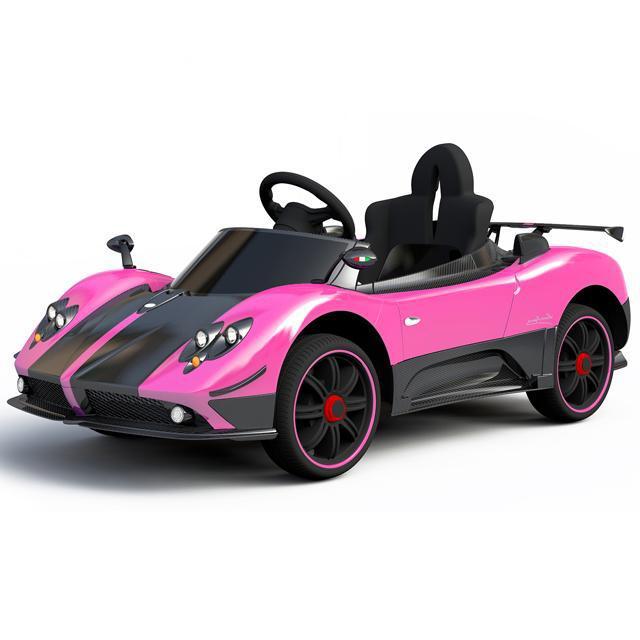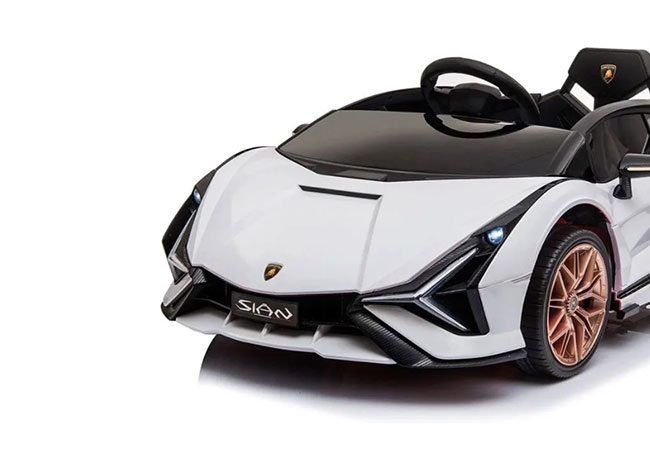How Should You Look For Ride-On Vehicles That Are Suitable For Toddlers As Young As Children?
When thinking about ride-on vehicles for children, it is essential to take into account their age, size, and developmental stage in order to make sure that the vehicle is safe, appropriate, and enjoyable for the children. What should you consider when considering these aspects - Age
They are specifically designed specifically for toddlers. They typically have an uninspiring, stable design and easy-to-use controls. They are also typically equipped with easy features like buttons, a steering wheel or handles. Pick a ride-on car with a wide base to ensure the best stability and to minimize the risk of falling over.
Older children (3+years old) As children grow older, they're more at handling advanced vehicles that have more features and controls. Look for cars that have adjustable seats with higher weight capacities as well as more interactive features such as working lights music and sounds. You should look for ride-ons that allow you to adjust the speed setting or parental controls to ensure safety and be able to accommodate various levels of ability.
Size
Height and Weight - Take your child's height and weight into account when choosing a ride-on car. Pick a car that's seat height and weight are suitable for your child. Avoid cars that are small or large that are unsafe or uncomfortable to drive.
Comfort and Legroom: Ensure that your child is able to sit comfortably and has enough legroom in the ride-on. Be sure to check the car's dimensions and ensure that it is appropriate for your child's.
The Developmental Stage
Motor Skills: Consider the abilities of your child in terms of motor skills, coordination, and balance when you choose the best car for them. Older children may be able to operate more advanced controls and interactive elements while toddlers younger than them may require simpler controls.
Confidence and Independence. Ride-on car can help develop independence and confidence as kids learn how to steer and control the vehicle. Select a vehicle that lets your child to practise steering or braking, acceleration, or both independently, while building motor abilities and confidence as they progress through the years.
Interest and Engagement when choosing the ride-on for your child, take into consideration the interests and preferences of your child. Select a ride-on vehicle that is themed, has colours or features that appeal to your child, regardless of whether it's a classic truck, sports car or a themed character vehicle.
If you think about your child's age, size, and their developmental stage, you may choose a vehicle that is enjoyable, comfortable, and safe. Your child will be able to have many hours of fun while they explore. Follow the best JCB ride on digger for more examples including electric toy car, pedal car, electric ride along car, pedal car, electric ride on, electric ride along car, remote control childrens electric cars, toy cars toy car, two seater childrens electric cars, two seater electric cars and more. .

How Are Models For Children's Cars Designed For Outdoor And Indoor Use?
In the indoors or outdoors, kids automobiles are designed to function in a variety of circumstances and in different environments. These models differ in their designs. from indoor Use Cars Indoor Use Cars
Dimension and weight: Indoor cars are usually smaller and lighter, allowing them to be tucked away in tight areas like bedrooms, living rooms and hallways. They are able to maneuver through tight spaces and narrow passageways with ease.
Low Ground Clarity - Indoor vehicles have low clearances so that they don't get stuck, or caught on obstacles, such as carpets, rugs, or thresholds. This ensures smooth and continuous movement across indoor surfaces without fear of becoming stuck or falling over.
Smooth Wheels. The majority of cars that are indoor include wheels made of materials that are smooth, such as plastic or rubber. These wheels provide better grip and traction on smooth surfaces such as laminate flooring, hardwood floors or tiles. These wheels are designed for indoor use, to reduce noise and to keep surfaces safe from scratches.
Limited Speed - Cars used to be used indoors usually have smaller maximum speeds to guarantee controlled and safe operation within restricted areas. This prevents accidents and collisions with furniture, walls, or other obstacles commonly found indoors.
Outdoor Use Cars -
Durable Construction – Cars that are designed for outdoor use are constructed with durable materials. They include strong metals or plastics that can withstand the harsh elements outside, such sunlight, humidity and temperature fluctuations. They are more durable against wear and tear resulting from exposure to outdoor conditions.
The higher the clearance of the ground is, the more able they are to deal with bumps and uneven terrain. This allows the car to traverse rough terrain without causing damage or getting stuck.
Traction Tires -- The tires that are used on outdoor cars often have treads or patterns designed to improve grip and traction when driving on roads that are slippery or uneven. This helps ensure stability and control while driving on rough terrain that prevents sliding, skidding, or sliding.
Weather Resistant: Cars designed for outdoor use usually have features that are weatherproof, like sealed electronics or casings with waterproof coatings. They may also use rust-resistant material to prevent damage from moisture. These cars can handle rain, mud or even puddles, without any loss of performance.
Outdoor-use vehicles have a higher speeds to cover huge spaces and distances. Children can enjoy a more adventurous and thrilling riding experience.
These features and traits will assist parents in choosing the best car for their children that will meet their needs and the surrounding. Take a look at the top rated read more about Audi ride on car for blog recommendations including remote control childrens electric cars, electric toy car, toy with car, childrens electric cars, race car toy, ride electric car, cars pedal car, kiddies cars, electric rideons, two seater electric cars and more. .

How Do You Determine An Appropriate Budget For Your Ride-On Kid's Car Purchase?
Consider factors like durability, longevity, financial situation, and features when establishing your budget. Find the best price to fit your budget by conducting some research on average prices.
Research the average price for the kid's ride-on vehicle you would like to purchase. Prices for different models can be obtained from online retailers, toys stores as well as manufacturers' websites.
Choose the most important features to have to
Find out which features are necessary for your child's enjoyment and security. Ride-on cars with features like realistic sound effects, seat belts, remote control, and functioning headlights may cost more.
Prioritize your features based on your child's tastes and spending budget.
Consider longevity and durability Consider longevity and durability
Ride-on vehicles should be constructed out of strong materials, like plastics and metals. They should be able to stand up to the elements.
To find out the durability and lifespan of different models, you can read reviews and ask other parents for their recommendations. A large upfront investment of money in a high-quality ride-on vehicle could result in savings over the course of time through avoiding repairs and replacements.
Comparing Costs of different retailers
Comparing prices between retailers will aid you in finding the best bargains. Check for sales and discounts at local department stores, toy stores and online retailers.
Keep an eye out for any sales, discounts or clearance deals. These can help you get a better deal on your purchases while not sacrificing their quality.
Include any additional costs into your budget
If you are considering a ride on car for your child, take into consideration the additional costs, including the cost of shipping as well as taxes and other accessories.
Budget your total costs of ownership including accessories and maintenance to make sure you can afford them.
Create a realistic budget
Based on your findings and financial situation, create an achievable budget that is in line with your needs and priorities. Decide on the amount you're willing to spend on an automobile ride-on, taking into account the quality of features, durability, as well as the longevity.
The expense of spending too much money on unnecessary features or products that don't add value to the play experience of your child isn't recommended.
Think about the long-term value
Evaluating the long-term worth of a child's vehicles in terms of durability, adaptability and capacity for your child to grow. Making the investment in a top-quality and feature-rich vehicle could bring more value over time as compared to cheaper, less durable alternatives.
When you are looking to purchase a ride-on for your child's vehicle, set an amount of money you can afford and then compare the features, durability, and longevity. This will help you discover the most value for your dollars. Prioritize features that matter most to your child's satisfaction and safety, while remaining within your budget constraints. Take a look at the most popular kids cars kidscars.co.uk info for blog advice including lambo toy car, toy toy cars, electric ride along car, toy car toy car, ride of car, kids electric cars, car on ride, a toy car, a toy car, toy car toy car and more. .

Comments on “Best Ideas On Choosing Kids Cars”